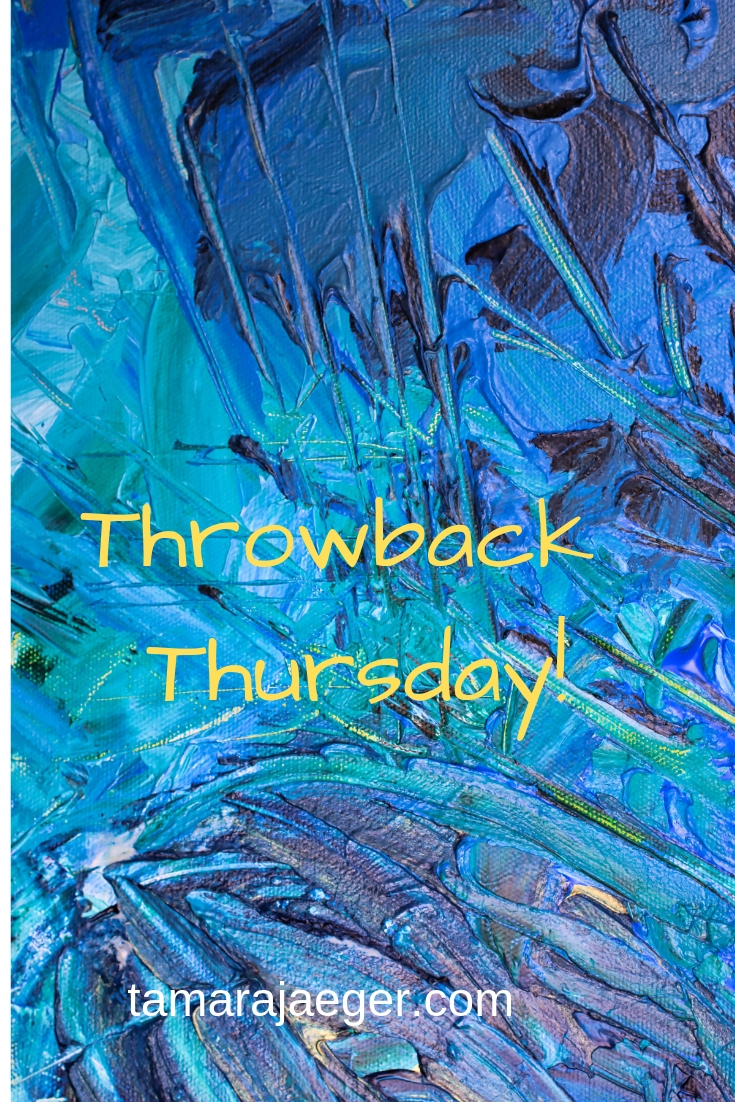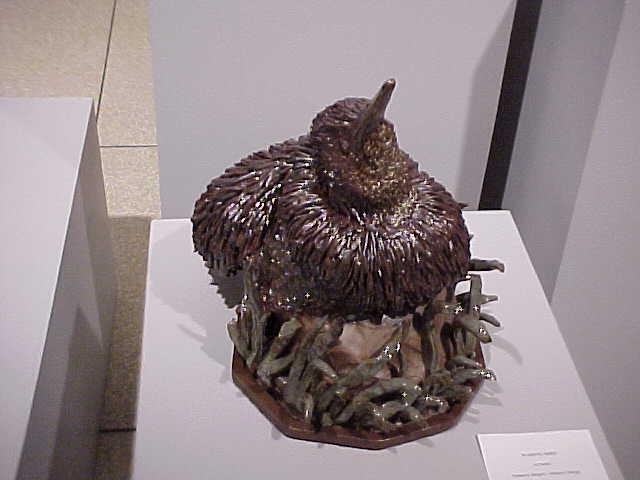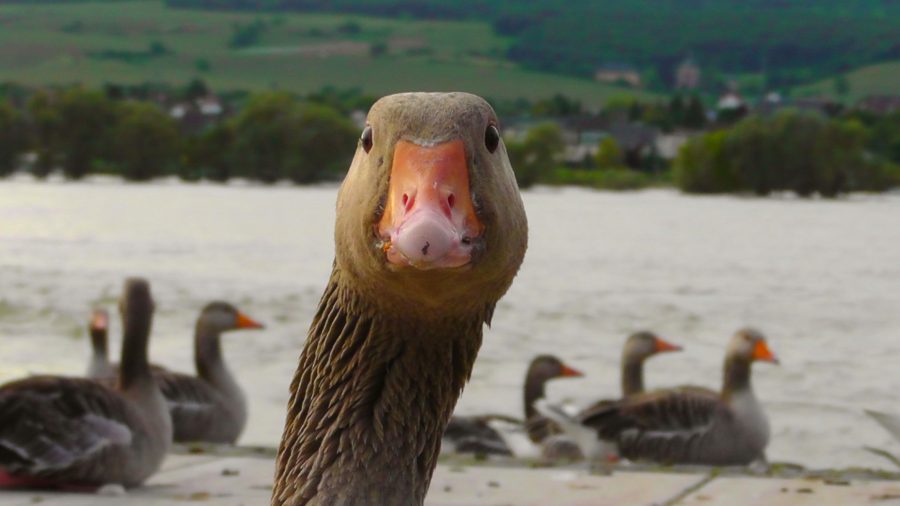Posts Tagged: wading bird


Throw Back Thursday: Wading Bird ceramic sculpture
This was one of my favorite pieces from back in college, titled “Wading Bird.” It was actually not intended to be a specific type of bird, more of a general water bird. I tended to work more with texture than color in my ceramic pieces and frequently used the raw, unglazed clay as a design element. In this piece, the ‘rock’ that the bird is sitting on is unglazed. I liked the contrast between the matte surface of the unglazed parts and the glossy, glazed surfaces.

I worked primarily in high-fired stoneware, which was fired to cone 10 (about 2400°F). An important part of the firing process was the two points where the air had to be restricted during firing to produce a reduction rather than oxidation environment, called ‘body reduction’ and ‘glaze reduction.’ Glaze reduction occurs near the end of the firing and affects the colors of certain glazes. Body reduction happens much earlier, and at a much lower temperature, than glaze reduction. If you miss either one of those stages, your pieces don’t turn out looking like you expected.
Most of the other students didn’t really care about body reduction, since their pieces were fully glazed. Mostly wheel-thrown vessels like mugs and bowls. If the body reduction was missed or the firing was uneven, well, it was only the bottom of the piece that was really affected. But for me, the color of the clay body was incredibly important!
We had several gas fired kilns at my university but only one of them consistently fired evenly throughout the kiln and could be relied on to give a nice, even body reduction. Of course, that was the largest kiln that was difficult to get enough pieces to fill completely. As a side note, a tightly-packed, evenly-loaded kiln is important to get an even firing. I tried to fire in that large kiln whenever possible. The beginning ceramics class was doing a firing? I’d be there, begging to try and squeeze my pieces in.
Often though, I had to fire in one of the smaller kilns. It was a decent kiln, don’t get me wrong, and much easier to load and fire than the large one, but it was brutally hard to get that thing to fire evenly. I have any number of pieces where the body reduction wasn’t good, resulting in some pretty ugly, patchy looking pieces. The clay I used turned a nice, rich brown when fired in a reducing environment but was a hideous putty gray in oxidation.

Wading Bird, however, was one of the pieces that turned out great! Did you have any techniques or equipment that are temperamental? Have you ever had any unexpected results? Where they bad or perhaps surprisingly good?